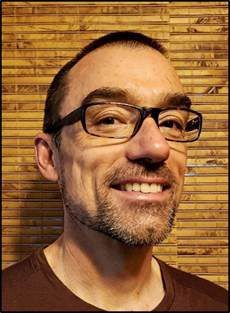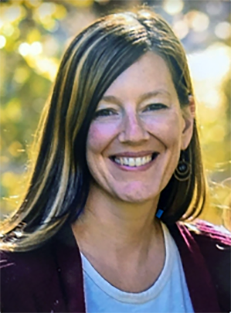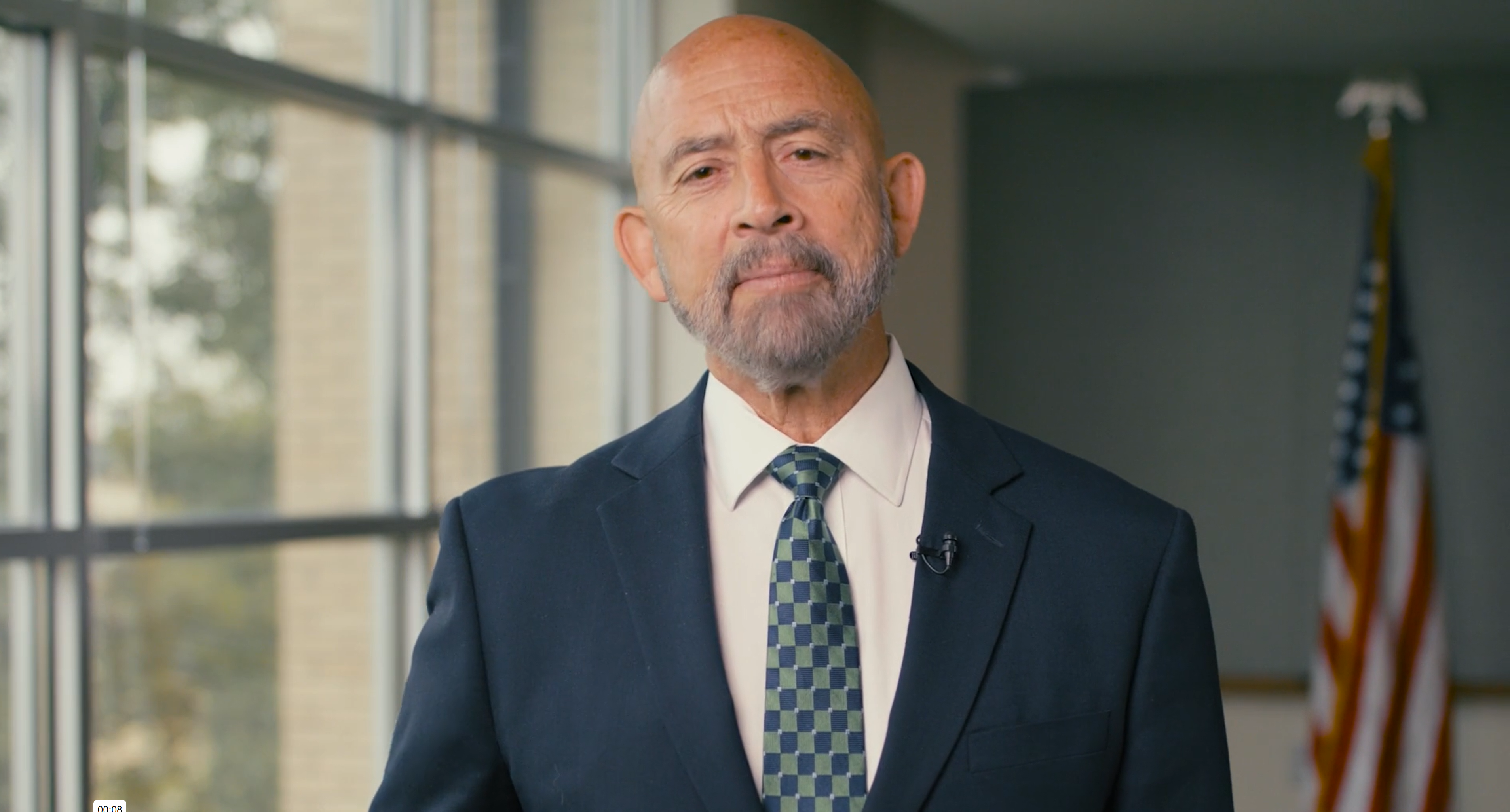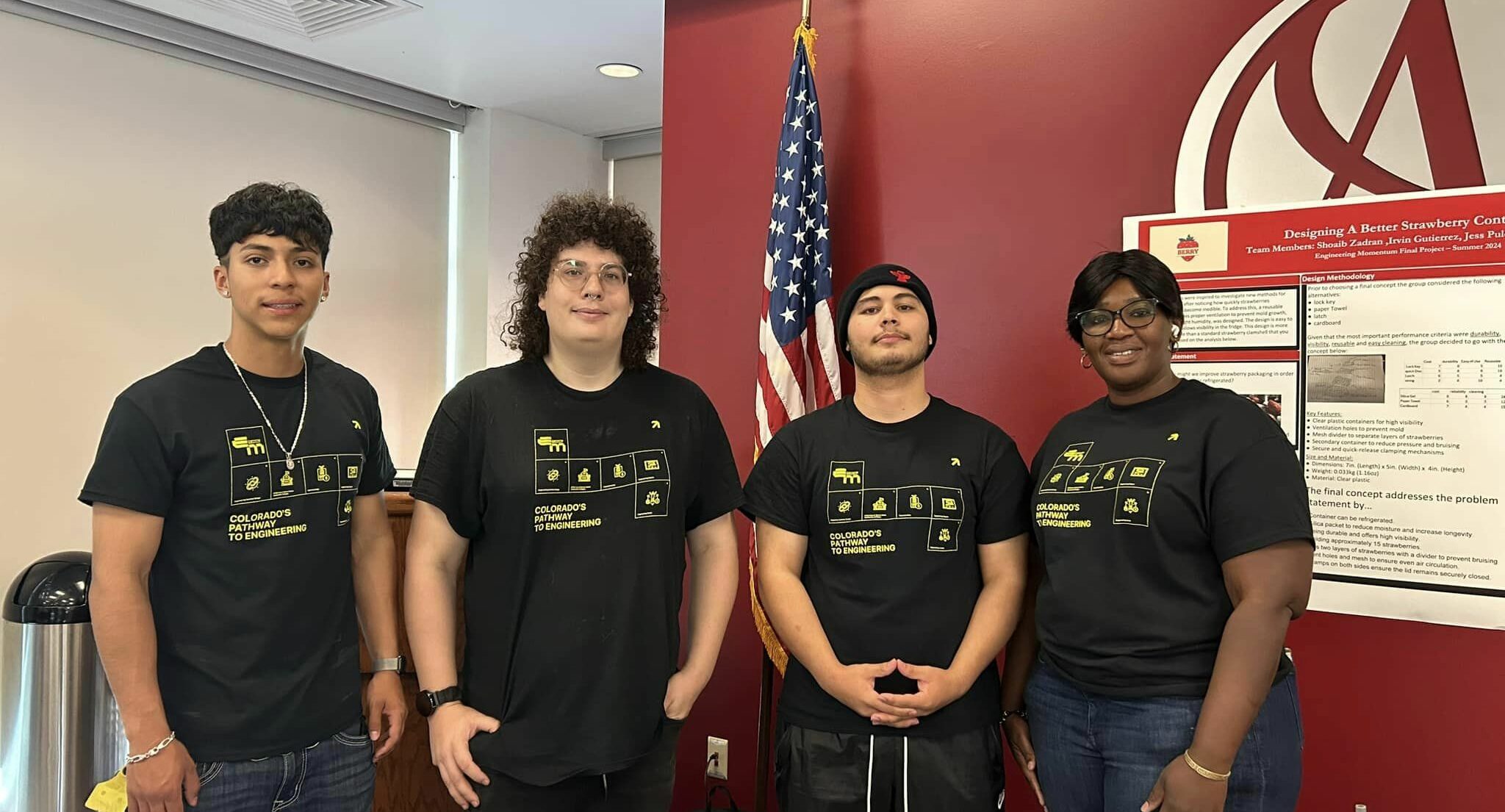

About 15 years ago, Front Range Community College professors Eric Salahub and Kerri Mitchell teamed up for a combined philosophy and English course.
The experience would revolutionize their teaching.
“Our students were just thriving and excelling—they were writing better papers, doing better thinking,” Salahub recalled. “They were getting higher grades, so much so that we both recognized something really special was going on.”
That something special, they later found out, is “active learning”—a teaching model that flips the traditional classroom on its head. Instead of passively listening to lectures, students are asked to produce their own knowledge through discussions, projects, and other hands-on lessons.
The method is gaining traction across the Colorado Community College System. After piloting a program at FRCC, Mitchell and Salahub received a CCCS grant to start an Active Learning Institute that coaches instructors and faculty systemwide. Interest has far exceeded the number of available spots.
“When you make it about the students, you have more opportunities to really celebrate those wins rather than monitoring their learning,” Mitchell said. “There’s no greater joy as a teacher to experience than that.”
There’s an entire body of literature out there that shows that active learning is superior. Students do better, and they do significantly better. What we saw anecdotally in our own classes definitely cashes out in the research.
A ‘Change in Mindset’

Embracing active learning, however, is easier said than done. It requires a “change in mindset” that asks instructors to act more like facilitators than lecturers, Salahub said.
“Instead of going in the class and thinking, What do I need to cover? or What do I need to do?, I need to ask myself, What do my students need to practice?” he explained. “It’s really thinking about the learning outcomes instead of focusing almost solely on the content and topics.”
That could look like a writing lesson where students analyze classmates’ essay conclusions and determine what strengths they have in common. Groups work together to come up with criteria and write ideas on the board, during what Mitchell calls a “student-generated lecture.”
“I get to stand back and look at that combined list, and it pretty much matches what I would have lectured on anyway,” said Mitchell, who designed the exercise. “They can tell you what works—they just need to be guided to discover that knowledge for themselves.”
That sense of ownership translates to academic success. After transitioning to active learning techniques, Salahub noticed his students demonstrating more skills compared to previous cohorts. He also saw gaps narrow among his white students and students of color.
“There’s an entire body of literature out there that shows that active learning is superior. Students do better, and they do significantly better,” he said. “What we saw anecdotally in our own classes definitely cashes out in the research.”
When you make it about the students, you have more opportunities to really celebrate those wins rather than monitoring their learning. There’s no greater joy as a teacher to experience than that.
Making Teaching Fun
While active learning primarily supports students, Mitchell and Salahub believe it can benefit educators, too.

“Honestly, when Eric and I started the Active Learning Institute, my main motivation was for my colleagues to have more fun,” Mitchell said with a laugh. “You’re just constantly reflecting and trying new things, which we know all good teachers do anyway.”
Through the institute, faculty and instructors experience an active learning environment as they redesign a course using active learning principles. To date, about 160 educators have gone through the program with 45 currently enrolled this fall.
One of those graduates is Jason Burke, a mathematics faculty member at the Community College of Denver. Like Mitchell and Salahub, he discovered he was already using some active learning approaches, like infusing games into his classes.
“’I’ve got a Battleship game where the students have to create graphs through coordinates. Eventually they realize, ‘These two points are a hit!’” he explained. “It’s what we need to be doing—not just lecturing about graphs but actually playing a game and thinking about concepts.”
Burke has also found that active learning can build stronger communities in the classroom. When students enjoy being together, they can fully lean into the lessons.
“They are all there in the same room, moving around, working together, talking about stuff,” he said. “It’s very active, and time flies by. That’s when you know it works.”
A Powerful Approach

As active learning takes off, Mitchell and Salahub hope to secure more funding for their institute. Enthusiasm among faculty—especially those from rural colleges—continues to grow semester by semester. The pair is also expanding training offerings, leading its first virtual institute for online instructors this spring.
In the coming months, the CCCS System Office plans to formally evaluate the Active Learning Institute, too. A dedicated researcher will study instructors who have gone through the program and look into the success rates of students enrolled in active learning courses.
Even with all this momentum, Mitchell and Salahub are most excited to see their work transform student outcomes systemwide.
“Active learning is for everybody. Every student, every teacher—it doesn’t matter,” Salahub said. “We’ve seen its power in our own classes to help students learn more and be more engaged.”


